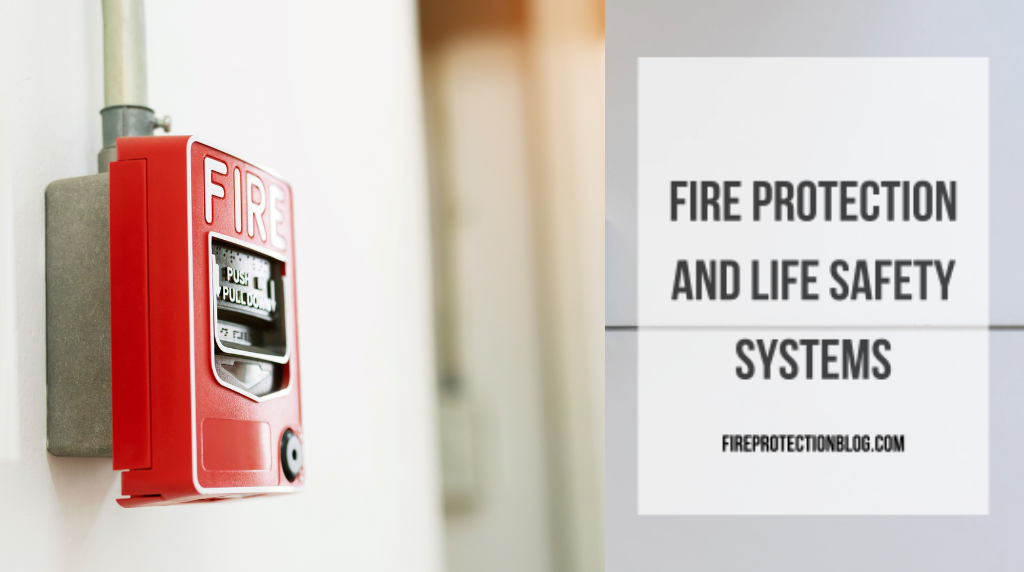
Fire Protection and Life Safety Systems
Fire Protection Systems The International Code Council defines fire protection systems as approved devices used to detect, alarm, extinguish, or control fires and smoke. Fire protection encompasses measures and practices to prevent or reduce injury and property loss from fires. Active fire protection systems, like alarms and sprinklers, respond directly to fires, while passive measures, such as fire-rated walls, inhibit fire spread. Together, these systems can allow time for your occupants to evacuate and firefighting efforts to begin.
The terms fire protection system and life safety system are often used interchangeably, and although they are related, they are not the same thing. When used together, these systems create a comprehensive safety net, protecting lives and property.
Life Safety Systems
Life safety systems include important considerations that protect building occupants from all sorts of emergencies, not just fires. The term is broader than fire protection, covering non-fire emergencies like power outages or chemical leaks, and more specific in its focus on preserving lives.
Defined by the NFPA 101: Life Safety Code, it includes standards addressing fire exits, crowd management, and emergency accessibility. Life safety systems, such as alarms and egress paths, ensure safe evacuation during any crisis while also supporting fire protection measures. Life safety systems include devices and equipment that aid in evacuation, smoke control, and isolation. These systems are essential for protecting human life during emergencies or critical building system failures.
Components of a Life Safety System
The components of life safety systems are intended to shield your building’s residents in the event of an emergency or fire. Systems for life safety are made up of numerous parts.
Components of a life safety system may include the following, depending on your facility’s needs:
- Fire Sprinklers and Suppression Systems
- Fire Alarm & Detection System
- CCTV Security Cameras
- Access Control Systems
- Alarm & Security Monitoring
- Emergency & Exit Lighting
- Fire Extinguishers
- Mass Notification Systems
How Life Safety Systems Work with Fire Prevention & Protection
Life safety systems, fire prevention, and fire protection work together to ensure comprehensive building safety. Fire prevention involves proactive measures like regular inspections and proper storage of flammable materials to reduce fire risk. Fire protection includes active systems like alarms and sprinklers that detect and control fires, and passive systems like fire-rated walls that inhibit fire spread. Life safety systems, such as emergency lighting and mass notification systems, protect occupants during emergencies by facilitating safe evacuation, controlling smoke, and providing emergency communication.
Life safety systems can be integrated with fire prevention and protection measures. This integration ensures:
- Detection and Response: When a fire is detected, alarms alert occupants, and sprinklers activate to control the fire. Simultaneously, emergency lighting and exit signs guide occupants to safety.
- Emergency Communication: Mass notification systems deliver instructions and updates, ensuring everyone knows the safest evacuation routes and actions to take.
- Compliance and Maintenance: Regular inspections and maintenance of these systems ensure they function correctly and comply with safety regulations, minimizing the risk of failure during an emergency.
By combining fire prevention strategies with fire protection systems and life safety measures, buildings can provide a holistic approach to safeguarding occupants, ensuring both proactive and reactive safety measures are in place.